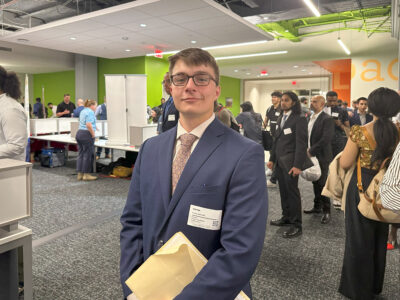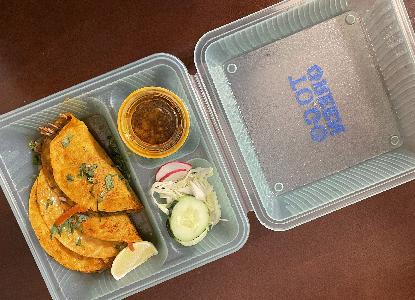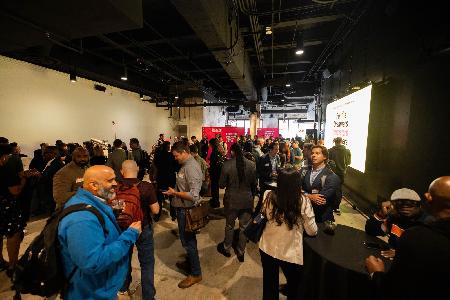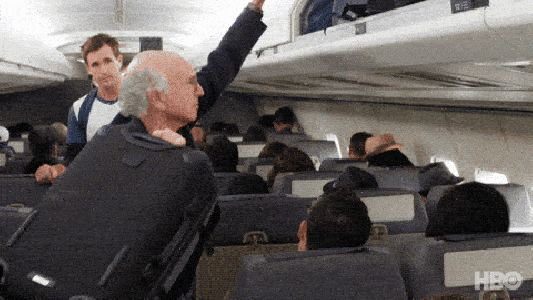It’s 2009 in Washington, DC. Newly inaugurated President Barack Obama is fighting to use his personal Blackberry in the White House amid security concerns. LivingSocial, headquartered in Chinatown, has offered its first online deal. AOL is parting ways with TimeWarner and has moved out of Dulles. And an app offering a new way to commute, Uber, has just been founded on the West Coast.
In 2024, on Technical.ly’s 15th anniversary, we’re looking back on 2009 to see how the tech and business scene in the DC metro area, or DMV, has transformed since then.
Through it all, one constant challenge to workers remains: Thousands upon thousands of people must commute to work in the infamous “10 miles square” District of Columbia with traffic and scarce (not to mention expensive) parking.
Here’s an equation: Take the year 2009, add some of the worst traffic in the country to a post-economic-crash job boom and multiply it by families still feeling the crash’s effects in their pocketbook, and you get people looking to get to work cheaper, easier and faster than before.
Enter “slugging” — a very DMV solution to this very DMV problem.
Slugging is a form of carpooling where people already commuting to major hotspots in the DMV pick up strangers to meet the high-occupancy vehicle (HOV) lane quotas and get to work faster.
While slugging has been around since the 70s, with the introduction of HOV-3 lanes requiring three passengers to drive in the lane, its popularity only grew with time, population increases and economic challenges. At its peak, there were 25 slugging “stations” where people lined up for rides across the region.
Slugging is still around today, but is not the cultural, business and tech movement it once was.
Especially in the aughts, there was a thriving online community with chatrooms, websites email chains and more — something University of Virginia scholar Peter Norton called the “golden age of slugging.”
“The internet, cell phones and texting all made slugging easier,” the associate professor of history in the school’s engineering and society department said. “But slugging is dependent in part on the nine-to-five routine that is less common now, with flexible work hours and remote work.”
COVID hit slugging hard
The term came not from the word for a hefty punch, but instead from fake coins put in a bus fare box called “slugs.” Since some slugging stations were at bus stops — picked for their optimal positioning and shelters — bus drivers became frustrated by the “fake passengers” who seemed to be waiting for a bus but were actually waiting for a car.
Thus, a “fascinating little subculture” and “commuting technology” was born, Norton said.
Sluggers follow a strict set of rules or “a rather elaborate ritual,” as he said, and most of the ritual has to do with “either being fair or letting everybody feel safe and comfortable.”
The website Slug-Lines.com, which still has a familiar aughts-era user interface, lays out these rules as well as maps of stations, sign templates to display where a driver is going and even a calculator to see how much a slugger is saving in transportation costs by slugging.
In true DC fashion, one of the top rules is not talking unless the driver speaks, especially not about politics or religion. Cell phone conversations should be brief — no asking to adjust the radio or the air — and don’t open or close the window.
“For many riders, it’s a chance to think, sleep or read the paper. For the driver, it may be the only chance to listen to the news or relax to his or her own music. The last thing both riders and drivers want is to feel obligated to carry on a 30-minute conversation,” the website says. “It’s a good rule.”
But with the toll that the COVID-19 pandemic took on society, getting into cars with strangers ‚— if it was ever comfortable — is even more uncomfortable now.
“It still hasn’t really recovered from that, but it declined for other reasons, too,” Norton. He mentioned the rise of “hot lanes,” or HOV lanes where one-passenger vehicles can drive for a toll.
While the rise of ridesharing from Uber and Lyft has made point-to-point transportation easier, Norton doesn’t think ridesharing apps have or will make a difference on slugging, simply because slugging is free.
There’s no telling where slugging will be 15 years from now, if anywhere, but he likes to think slugging will make a comeback as more and more offices are returning to work.
“It does survive and it’s I think it’s making a small comeback now that COVID has eased a lot,” Norton said, “but it’s still not what it was in 2009.”
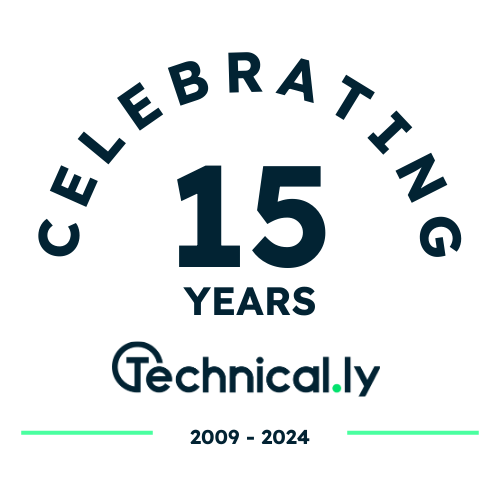
In February 2009, Technical.ly published our first article. Fifteen years later, we're still here — but a lot has changed. We're celebrating our anniversary with a look back, and a look forward.
Before you go...
Please consider supporting Technical.ly to keep our independent journalism strong. Unlike most business-focused media outlets, we don’t have a paywall. Instead, we count on your personal and organizational support.
3 ways to support our work:- Contribute to the Journalism Fund. Charitable giving ensures our information remains free and accessible for residents to discover workforce programs and entrepreneurship pathways. This includes philanthropic grants and individual tax-deductible donations from readers like you.
- Use our Preferred Partners. Our directory of vetted providers offers high-quality recommendations for services our readers need, and each referral supports our journalism.
- Use our services. If you need entrepreneurs and tech leaders to buy your services, are seeking technologists to hire or want more professionals to know about your ecosystem, Technical.ly has the biggest and most engaged audience in the mid-Atlantic. We help companies tell their stories and answer big questions to meet and serve our community.
Join our growing Slack community
Join 5,000 tech professionals and entrepreneurs in our community Slack today!




